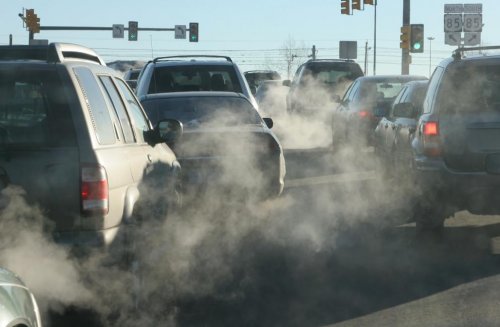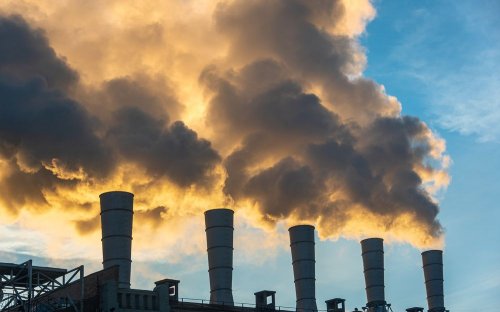Toxic gas content in Kyiv air exceeded the permissible limit by 2.5 times: districts namedIn the week of January 29-February 3, the average daily maximum permissible concentration of sulfur dioxide was found to be 2.5 times higher than the maximum permissible concentration.
Compared to the previous week, the content of pollutants remained almost unchanged, according to the weekly air pollution report from the Borys Sreznevsky Central Geophysical Observatory.
According to the observatory, the maximum permissible concentration (MPC) of nitrogen dioxide was exceeded by the average daily content:
- 1.3-2.2 times – on Halytskaya, Demiivskaya and Bessarabskaya squares, Beresteyskyi and Obolonskyi avenues, Lesya Ukrainka boulevard, in the Hydropark district, Akademik Strazheska, Oleksandr Dovzhenko, Hetman Pavlo Polubotka, Inzhener Borodin, Kaunaska and Sklyarenko streets ;
- no excesses were observed at 37 Nauky Ave. (in the area of the meteorological station).
Exceeding the MPC by average daily content of sulfur dioxide:
- by 1.6-2.5 times – on Demiivska, Bessarabska and Halytska squares, Beresteyski and Obolonski avenues, Lesya Ukrainka boulevard, in the Hydropark area, Akademik Strazheska, Oleksandr Dovzhenko, Hetman Pavlo Polubotka, Inzhener Borodin, Kaunaska and Semyon Sklyarenko streets ;
- no excesses were observed at 37 Nauky Ave. (in the area of the meteorological station).
Exceeding the MPC by average daily formaldehyde content:
- in 1.0-1.6 times on Halytskaya, Demiivskaya and Bessarabskaya squares, Beresteyskyi and Obolonskyi avenues, in the Hydropark district, Akademik Strazheska, Oleksandr Dovzhenka, Hetman Pavlo Polubotka and Sklyarenko streets .
Specialists of the observatory selected and analyzed 1690 atmospheric air samples from 16 stationary stations.
According to forecasts, the meteorological conditions for the next 2-3 days will not contribute accumulation of harmful impurities in the atmosphere .
Previously, EcoPolitic analyzed the methods of formation of PM2.5 dust, its danger and methods of combating air pollution. Thanks to anthropogenic influence, more than 99.9% of people on the planet breathe air with an excessive content of solid particles PM2.5, which negatively affect health and cause thousands of premature deaths every year.





